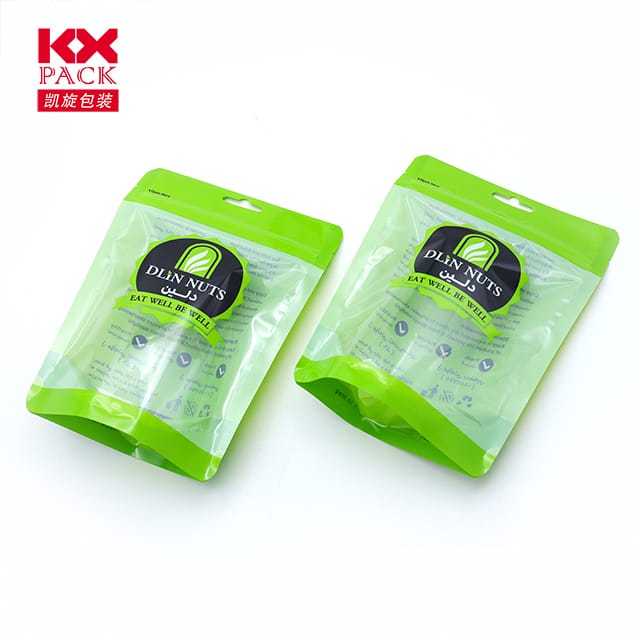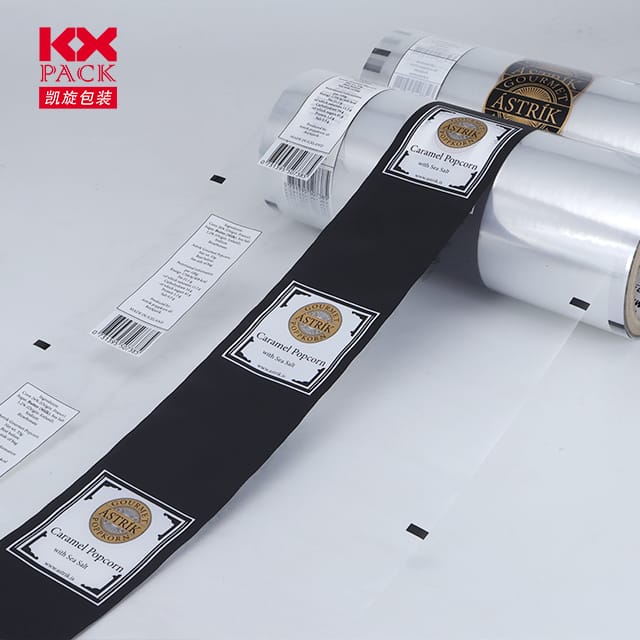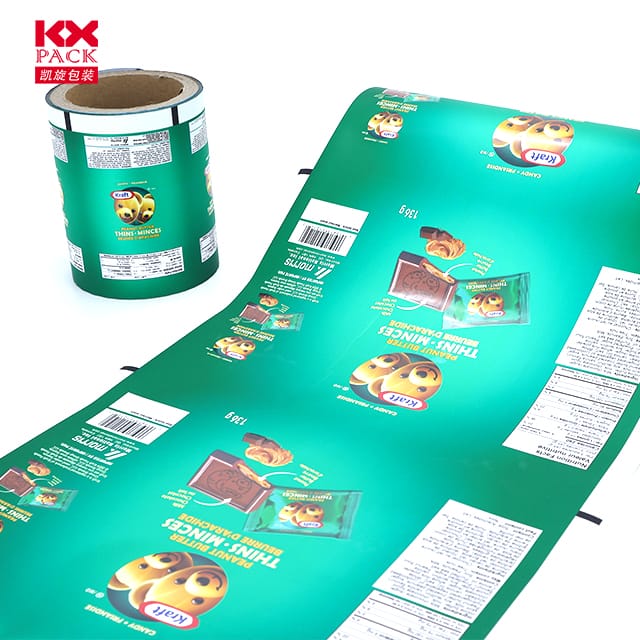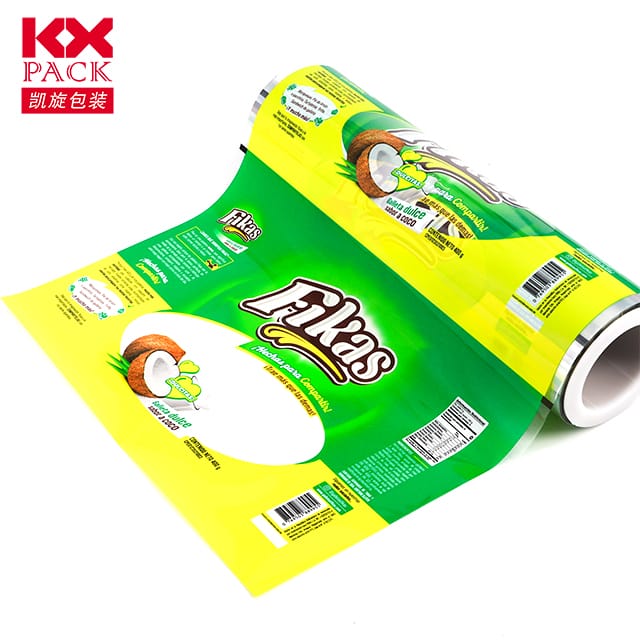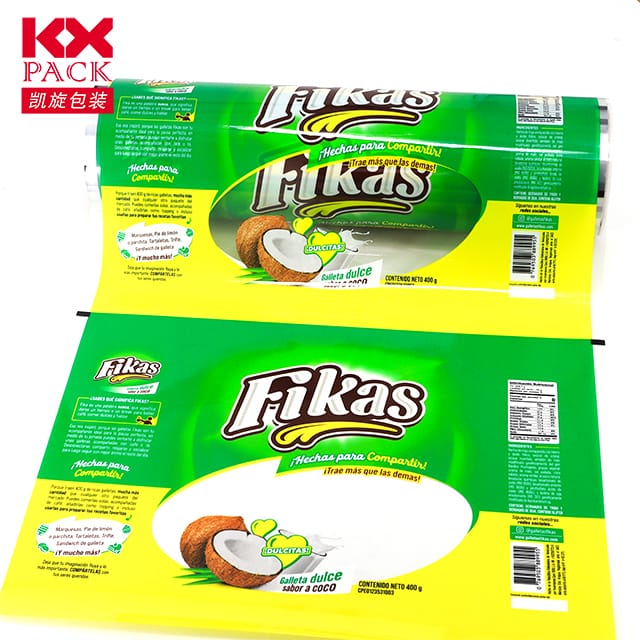L'épée à double tranchant de film en pellicule plastique: Commodité vs. Impact environnemental (2)
Plastic Wrap Film
Introduction
Plastic Wrap Film, Cette feuille translucide omniprésente gardant nos restes et gardant les fruits frais, est un aliment de base dans les cuisines modernes. Encore, sa commodité a un coût. Dans ce post, Nous allons explorer le rôle multiforme de la pellicule plastique dans la vie quotidienne, Ses implications environnementales, and how we can make smarter choices without sacrificing practicality.
1. The Unsung Hero of Kitchens
Let’s start with the positives. Plastic wrap’s versatility is unmatched:
- Food Preservation: It extends the shelf life of perishables by locking in moisture and blocking oxygen.
- Cuisson & Baking: From covering rising dough to steaming vegetables, it’s a heat-resistant helper (when labeled microwave-safe).
- Organization: Sealing bowls, wrapping cut veggies, or even protecting documents—its uses go beyond the fridge.
2. The Environmental Dilemma
Here’s where the narrative takes a dark turn. Traditional plastic wrap is typically made frompolyéthylène (PE), a petroleum-based plastic that takes centuries to decompose.
- Pollution: Mismanaged Plastic Wrap Film clogs landfills, rivers, and oceans, harming wildlife and ecosystems.
- Recycling Challenges: Most recycling facilities don’t accept plastic wrap due to its thin, stretchy nature, which jams machinery.
- Microplastiques: Even when degraded, it breaks into microscopic particles, infiltrating soil and water systems.
3. A Call for Change: Alternatives durables
The good news? Innovations are reshaping the plastic wrap industry. Here’s how to reduce your footprint:
- Reusable Wraps: Beeswax-coated cloths or silicone lids offer a durable, washable solution.
- Films composés: Made from plant-based materials like PLA (acide polylactique), these decompose in industrial composting facilities.
- Mindful Usage: Avoid overuse—opt for containers with lids when possible, and reuse clean wrap for non-food items.
4. How to Choose Wisely
When buying plastic wrap, look for:
- “Oxodegradable” Labels: While not perfect, these additives加速 breakdown in open environments.
- Certified Compostable Products: Check for BPI (Biodegradable Products Institute) certification.
- Support Eco-Brands: Companies like Bee’s Wrap or Abeego prioritize sustainability without compromising function.
5. Small Steps, Big Impact
Change starts at home. By reducing reliance on single-use plastics and advocating for systemic shifts—like improved recycling infrastructure—we can curb plastic pollution.
Conclusion
Plastic wrap film is a double-edged sword: a lifesaver in the kitchen but a threat to the planet. While eliminating it entirely isn’t feasible overnight, conscious choices today can pave the way for a greener tomorrow. Let’s wrap up our habits—responsibly.
#PlasticFreeLiving #SustainableKitchen #EcoFriendlyAlternatives

